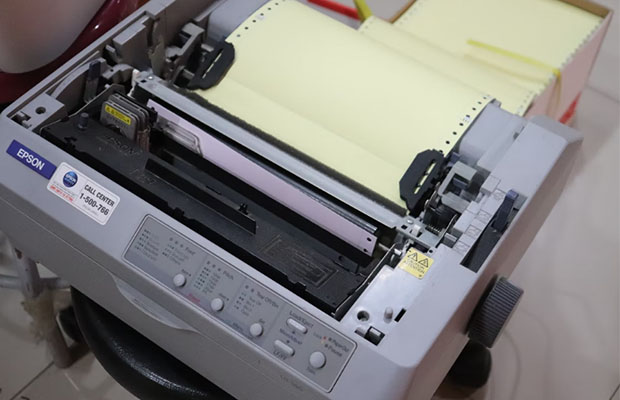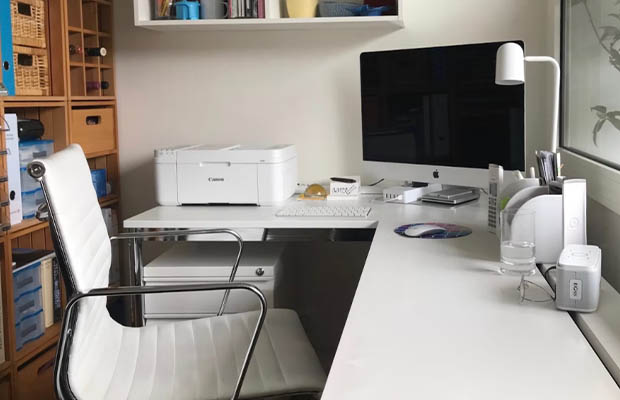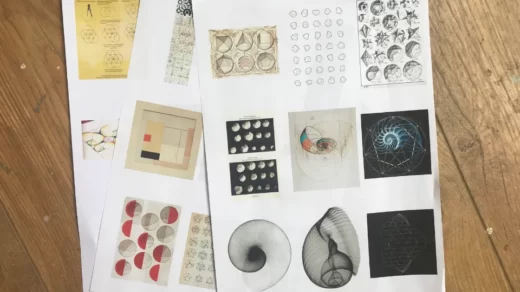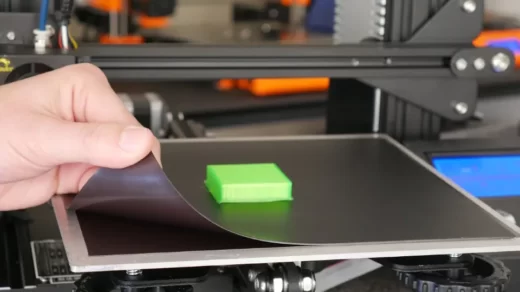A little-known fact about printers: Almost all printers made in the past 30 years or so have built-in memory. In fact, most printers have many of the same functions as a computer or mobile device – hard drive, system memory, operating system, and applications. In other words, your printer has the same functionality and security risks as any other device you own. The printer has its own dedicated memory, and you can install more printer memory to avoid problems and print larger files. Memory is an important factor in avoiding errors and printing documents correctly.
Table of Contents
What Is Printer Memory?
Printer memory is the memory (RAM) built into the printer. Printer memory is separate from computer memory. All printers have some amount of printer memory installed, but most can be upgraded to handle more or larger print jobs.
Read More: What is Printer Pooling?
Do Printers Have Memory?
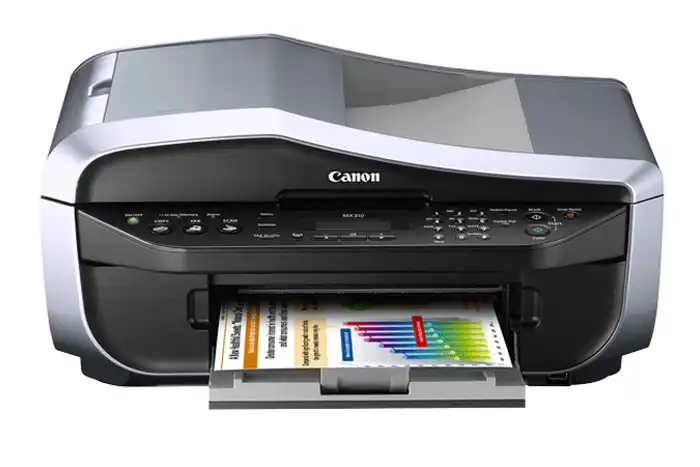
Almost all printers made in the last three decades or so have memory. In fact, they have a lot in common with computers and mobile devices. Here’s a little trick you can try. Insert the USB containing the multi-page document and print. After the printer starts printing, unplug the USB halfway. In most cases, you will find that the printer will not stop printing, indicating that the document is stored in its memory, which is where the printer prints the document from. So, long story short, printers do have memory, they do store data. But it’s not a security issue as you might think.
Why Do Printers Need Memory?
Printers use memory and storage to help print faster and more efficiently. Memory allows your device to receive complete, print-ready files from your computer as fast as your network allows, so even if your computer slows down, your printer won’t!
Like any other computer, printers have both RAM (volatile memory), which is cleared when the device is powered off, and non-volatile memory, such as a hard disk, that stores data until deleted. To clear volatile memory, turn off the device and unplug it for at least a minute.
Non-volatile memory is more of a concern. For example, if you just printed a confidential document. Most printers use memory data in a configuration called a “circular buffer” to write memory sequentially until the end, and then start from the beginning.
How Printer Memory Works
To keep print jobs independent when sending multiple documents to the printer, your computer includes a print queue. The queue works across all user accounts on the computer, keeping a list of requested print jobs, as well as all necessary data stored in a temporary memory called a print spool. When the printer finishes one job, the computer sends the next job from the spool. Most home inkjet printers print directly from spooled data, so clearing a jammed document usually requires clearing the queue on the computer, not the printer’s own memory. Some high-end printers, such as networked laser printers, also have temporary memory built into the machine.
Where Do Printers Store Your Data?
Just like computers, printers have both volatile and non-volatile memory. In most printers, nearly all information is stored in volatile memory. Volatile memory requires power to hold stored information, which means that once the device is turned off, all data is lost. So, to remove information from the printer, just turn it off and unplug it for a few minutes, giving it enough time to shut down completely.
On the other hand, non-volatile memory is similar to a computer’s hard drive, storing data until it is deleted. Some business-grade printers, copiers, and scanners use non-volatile memory to store data to improve performance because they may need to print large amounts of data at once. The only thing you need to worry about is that if your device uses non-volatile memory to store data, your data becomes a security risk, especially if you just printed confidential information.
How to Eliminate Printer Memory
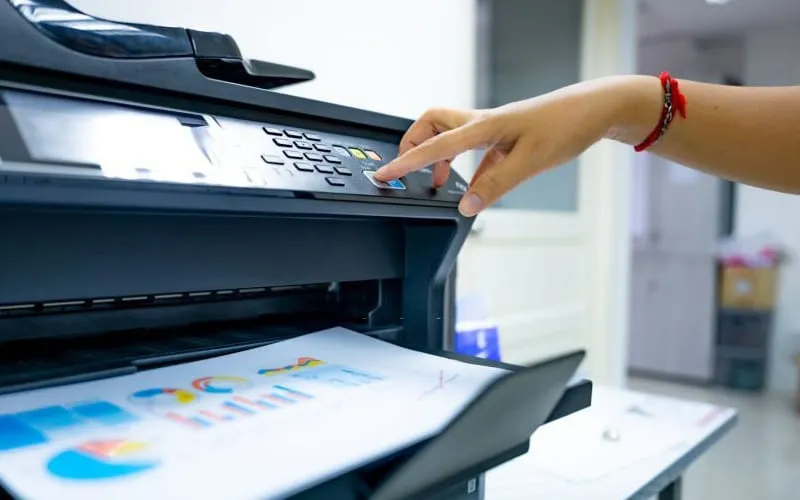
Before releasing any electronic device, you need to make sure it does not contain any personal information. All-in-one printers may have document, scan, print, or fax logs stored in memory. To do a basic reset, turn on the printer, unplug it for 15 seconds, then plug it back in. That should take care of everything.
For a home printer, if you just printed scanned copies of all your credit cards, and now you want to sell your printer on eBay, you’ll need to print enough non-confidential documents to drain the entire circular buffer. On commercial printers with non-volatile memory measured in gigabytes, this can take a long time. On a home printer, you can usually only print 5 to 10 complex documents like pictures or anything other than plain text.
Conclusion
Printers store information in order to print things faster. The printer’s memory allows it to receive documents from the computer and print them quickly. The idea is that even if the computer slows down, it doesn’t slow down the printer.
Read More: What is a Printer Fuser?



